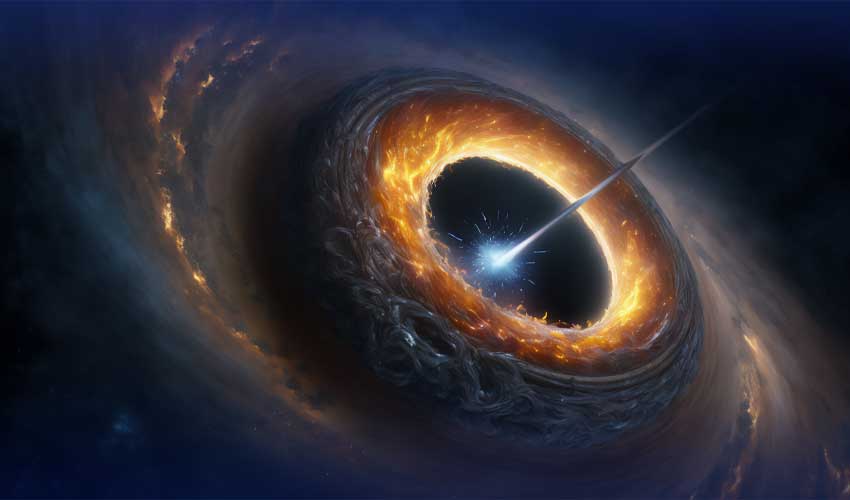In a monumental moment for space exploration, NASA's OSIRIS-REx spacecraft made history by delivering the largest-ever soil sample collected from an asteroid back to Earth.
The NASA capsule, containing about a cup of gravelly asteroid material, returned to Earth on Sunday, marking the culmination of a remarkable seven-year journey.
The designated landing zone was situated within the expansive Utah Test and Training Range, located west of Salt Lake City.
This groundbreaking mission was a collaborative effort between NASA and the University of Arizona, aimed at shedding light on the mysteries of our solar system's formation and the origins of life on Earth.
The specimen in question was procured from Bennu, a relatively small carbon-rich asteroid designated as a "near-Earth object" due to its periodic close encounters with our planet. Measuring just 500 meters (1,600 ft) across, Bennu is a far cry from the massive Chicxulub asteroid responsible for the extinction of dinosaurs some 66 million years ago.
NASA's OSIRIS-REx mission began its extensive study of Bennu in 2018, utilizing a suite of onboard scientific instruments to meticulously map the asteroid's surface and analyze its composition.
The spacecraft meticulously selected a landing site after nearly two years of research, and the sample collection process itself was a mere matter of seconds, with the precious cargo immediately sealed and secured for its homeward journey.
As the OSIRIS-REx spacecraft approaches Earth on September 24, 2023, the section containing the capsule housing Bennu's fragments will break away and enter the Earth's atmosphere.
The capsule will then make a graceful descent, deploying parachutes as it descends to the Utah desert. A team of scientists will be on standby, eagerly anticipating the capsule's arrival, ready to retrieve and study the invaluable asteroid samples.
Furthermore, the remaining segment of the spacecraft, known as OSIRIS-APEX, will embark on a new mission to explore the surface of Apophis, the 1,200-foot-wide (270 meters) asteroid that once stirred doomsday theories due to its close 20,000-mile approach to Earth in 2029.



























